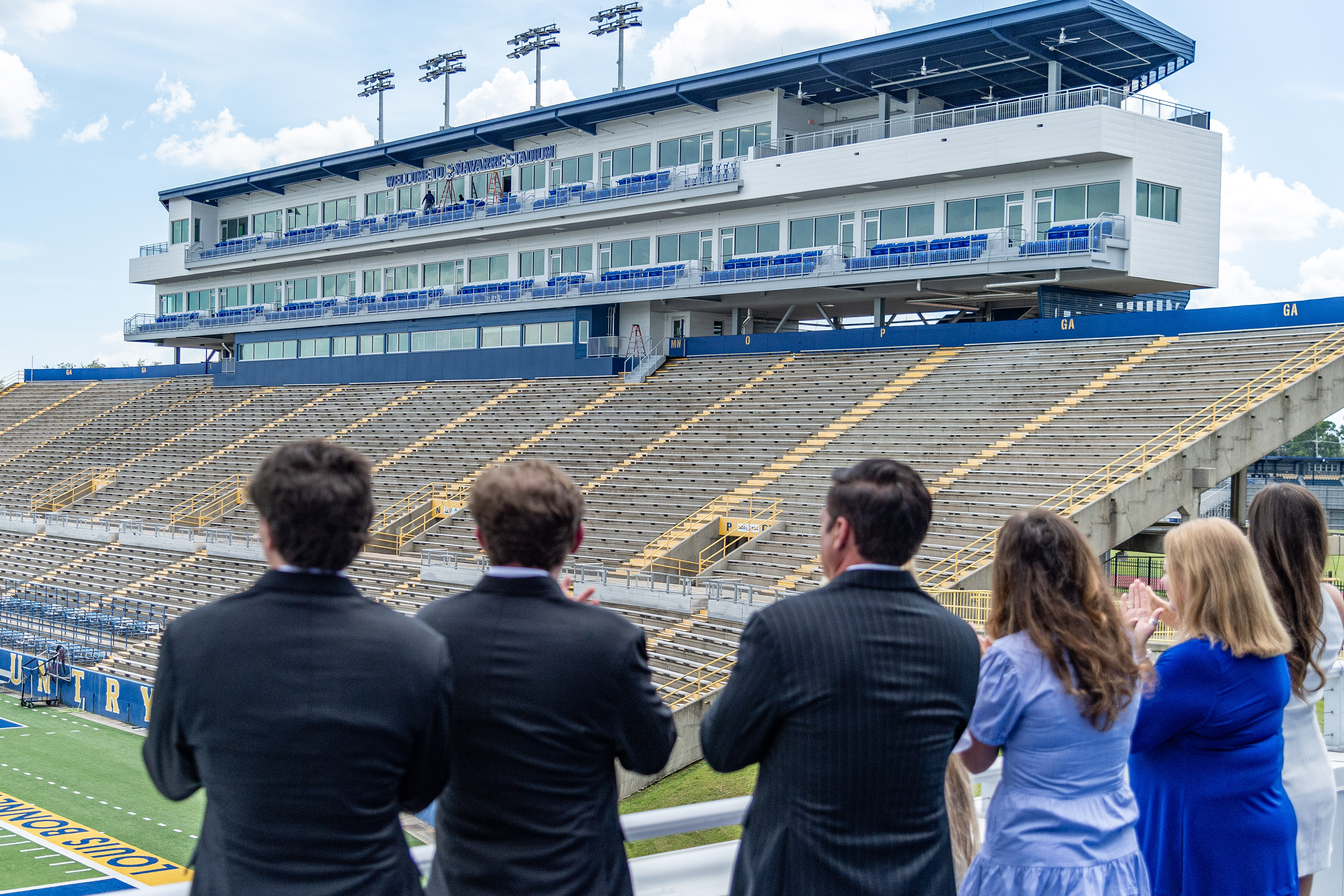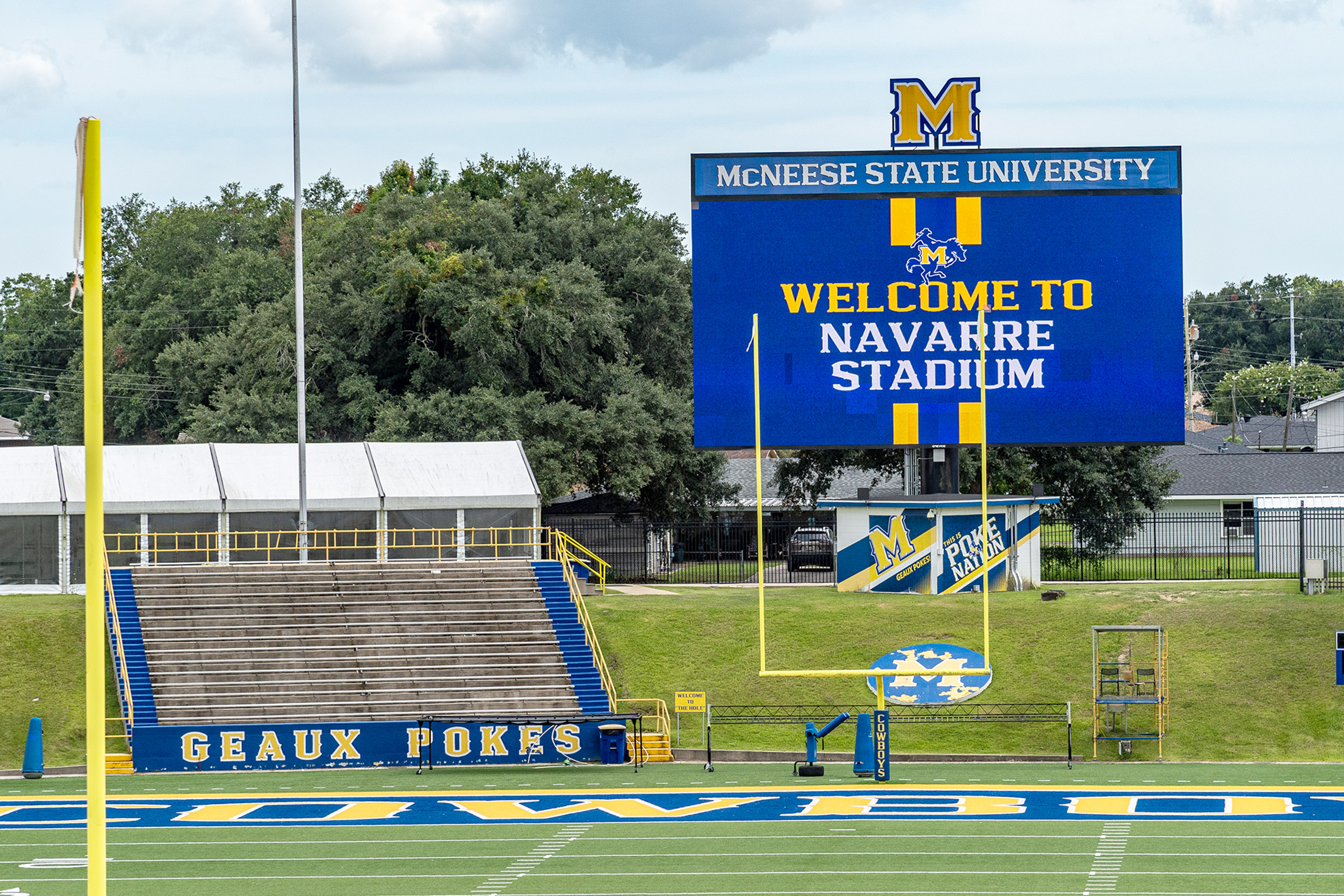Eva Mozes Kor and twin sister Miriam were used in a series of experiments at Auschwitz
Published 6:29 am Sunday, April 24, 2016
Eva Mozes Kor chooses not to be a victim.
<span class="R~sep~ACopyBody">The 82-year-old Romania native — who lost nearly her entire family during the Holocaust and was subjected to medical experiments along with her twin sister, Miriam, at Auschwitz — would rather forgive.</span>
<span class="R~sep~ACopyBody">“I have forgiven the Nazis; I have forgiven everybody who has hurt me,” she said. “I find forgiveness an effort of self-healing, self-liberation and self-empowerment. It has nothing to do with the perpetrator; it has everything to do with me.</span>
Trending
<span class="R~sep~ACopyBody">“No one ever volunteers to be a victim, but if you do not do something to stop the theory of victimization you will remain a victim for the rest of your life.”</span>
<span class="R~sep~ACopyBody">Kor was born in 1934 in a tiny village in Transylvania, Romania.</span>
<span class="R~sep~ACopyBody">“There were 100 families in the village, all Christian. We were the only Jews,” she said. “By the time I was 6 years old everything changed because the law enforcement in our village was occupied by the Hungarian Army. Everything changed, harassment of the Jews began and the kids at school were very good at carrying on some of the harassment.”</span>
<span class="R~sep~ACopyBody">She said that not long after the harassment began her father began hearing warning announcements on the family’s battery-operated radio.</span>
<span class="R~sep~ACopyBody">“There was a warning and we heard Hitler yell that he would kill all the Jews,” she said. “I asked my parents who was Hitler and why did he want to kill us. They said, ‘Don’t worry.’ ”</span>
<span class="R~sep~ACopyBody">Following the radio announcements, strict rules against Jews where established in the village, restricting where they could go and with whom they could speak.</span>
Trending
<span class="R~sep~ACopyBody">Kor said that by 1944 her family was taken to a concentration camp surrounded by barbed wire where they lived for two months in “horrific conditions.”</span>
<span class="R~sep~ACopyBody">From there the family was loaded on a train cattle car for the four-day trip to Auschwitz.</span>
<span class="R~sep~ACopyBody">“When we arrived it looked to me like, excuse my expression, but hell on earth,” she said. “And as it turned out, it was.”</span>
<span class="R~sep~ACopyBody">She said that within 30 minutes of their arrival, her family was “ripped apart.”</span>
<span class="R~sep~ACopyBody">Her parents, grandparents, two older sisters, uncles,</span> <span class="R~sep~ACopyBody">aunts and cousins would later be killed.</span>
<span class="R~sep~ACopyBody">“Only Miriam and I were left holding hands, and we became part of a group known as ‘Mengele’s Twins.’ ”</span>
<span class="R~sep~ACopyBody">From 1943 to 1945, Dr. Josef</span> <span class="R~sep~ACopyBody">Mengele conducted medical experiments on Jews within the concentration camp, particularly those with unique hereditary traits like club feet, dwarfism and different eye colors. His main fascination is said to have been with twins.</span>
<span class="R~sep~ACopyBody">“We spent most of the first day in the processing center and when we were taken from there, instead of Eva Mozes I became A-7063 and Miriam became A-7064.”</span>
<span class="R~sep~ACopyBody">She said they were kept in barracks with other girls under the age of 16.</span>
<span class="R~sep~ACopyBody">“The conditions in the barracks were fifthly, cruel and not suitable for human occupancy, but this is where we stayed,” Kor said.</span>
<span class="R~sep~ACopyBody">“I want you to imagine little girls between 2 and 16 huddled in our filthy bunk beds that were crawling with lice and rats. We were starved for human kindness, we were starved for food, and we starved for the love of a mother and father we once had.”</span>
<span class="R~sep~ACopyBody">She said there was no electricity in the barracks.</span>
<span class="R~sep~ACopyBody">“But we did have a fierce determination to just live one more day because that’s all we could do, survive one more experiment.”</span>
<span class="R~sep~ACopyBody">Kor said she and her sister, then 10, were used in two types of experiments. On Mondays, Wednesdays and Fridays they were stripped of their clothing and taken into a room where they would be measured for up to eight hours a day.</span>
<span class="R~sep~ACopyBody">“They would measure, compare to my twin sister, compare to charts, just about every part of my body,” she said. “Those experiments were for observation and measurement and not dangerous but unbelievably demeaning. They only way I could cope with it was by blocking it out of my mind.”</span>
<span class="R~sep~ACopyBody">On Tuesdays, Thursdays and Saturdays, the girls were taken to a blood lab where their arms were tied up and blood drawn from their left arms while their right arms were injected with what she think were germs and dis</span><span class="R~sep~ACopyBody">eases.</span>
<span class="R~sep~ACopyBody">She said that after one of the injections, she became very ill with a high fever and was taken to a hospital where she was told her she only had two weeks to live.</span>
<span class="R~sep~ACopyBody">“I knew he was right, but I refused to die,” she said. “I made a pledge that I would prove them wrong, that I would survive and reunite with my twin sister.”</span>
<span class="R~sep~ACopyBody">She said it took her five weeks, but she kept that promise to herself and rejoined her sister.</span>
<span class="R~sep~ACopyBody">“In August of 1944, as a child of Auschwitz I felt like the whole world was a big concentration camp because children lose their point of reference. I thought everybody in the world lived like I did. After August, we saw a plane fly over the camp, it was flying very low and I could see the American flag on one of the wings of the airplane. That gave me hope that somebody was trying to save us.”</span>
<span class="R~sep~ACopyBody">She said that by November she could hear heavy artillery around the camp.</span>
<span class="R~sep~ACopyBody">“We knew at that point that the Nazis were being defeated and the Allies were winning and I was always looking for the airplane bombing because that was our only way to get out of that place,” she said.</span>
<span class="R~sep~ACopyBody">“On Jan. 27, 1945, it was quiet, very quiet. We wondered if this would be the day. We didn’t know if that would happen and then (soldiers) ran through the barracks yelling, ‘You are free! You are free!” I didn’t know what that meant so Miriam and I went outside. It was snowing heavily and I could not see very well. It took me about 30 minutes and then my eyes adjusted to the poor visibility and then I saw lots of people and they all had on white camouflage raincoats and they were smiling from ear to ear. I didn’t know who they were but it was clear to me that that was my first day of freedom.”</span>
<span class="R~sep~ACopyBody">Kor said she lectures throughout the year to share her story so “young people will realize that growing up is very hard, even if they live in the United States, even if they have loving parents, even then every single one of them has to figure out for herself or himself how on earth they will navigate this big, big mixed-up world. If they give up on themselves, nothing will happen. On the other hand, if they keep trying their young minds will figure out how to overcome big adversity.</span>
<span class="R~sep~ACopyBody">“I tell them I didn’t know how to survive Auschwitz but I tried and here I am 1,700 years later,” she said with a laugh.</span>
<span class="R~sep~ACopyBody">She said the other point she tells children is to avoid prejudice.</span>
<span class="R~sep~ACopyBody">“I call prejudice the cancer of the human soul,” she said.</span>
<span class="R~sep~ACopyBody">After Auschwitz, Kor and her sister moved in with their aunt in Cluj, Romania, and in 1950 the family received permission to leave Romania and emigrate to Israel. In 1960, she married Michael Kor, an American citizen and a fellow Holocaust survivor, and joined him in the United States.</span>
<span class="R~sep~ACopyBody">She founded CANDLES (Children of Auschwitz Nazi Deadly Lab Experiments Survivors) in 1984 and continues to seek out other survivors of the experiments.</span>
<span class="R~sep~ACopyBody">Her twin sister passed away in 1996.</span>
<span class="R~sep~ACopyBody">“We found out years and years later that she had been injected with something that stunted the growth of her kidneys,” she said. “With each of her pregnancies she got more infections that did respond to any medications. I begged her after her second child to not have any more children, but she had a third child and after that pregnancy her kidneys deteriorated and by 1987 they failed.</span>
<span class="R~sep~ACopyBody">“I had a simple choice. I had two kidneys and one sister,” she said. “I donated one of my kidneys, we were a perfect match.”</span>
<span class="R~sep~ACopyBody">She said Miriam later developed cancerous polyps on her kidneys and died.</span>
<span class="R~sep~ACopyBody">“If I can talk about Auschwitz, I can talk about anything,” she said. “I’m not going to break down and cry. Crying, I have done plenty of that. I can talk about it, it doesn’t destroy me. I remember everything, but I tell people crying does two things for me: it gives me a headache and it makes my mascara run.”</span>
<span style="text-align: center; font-family: ‘Zapf Dingbats’;" class="R~sep~ACopyBody">l</span>
<span class="R~sep~ACopyEditors~sep~endnote">Eva Kor will speak at the Yom HaShoah commemoration at 6 p.m. April 28 in Bulber Auditorium on the McNeese State University camps. Through Skype, Kor has already lead discussions with The Junior League of Lake Charles on her book “Surviving the Angel of Death.” The book is now being reviewed by Barbe High School students in Stacey Simien’s class.</span>
<span class="R~sep~ACopyEditors~sep~endnote"> </span>
<p class="p1">Follow Crystal Stevenson on Twitter at <a href="https://twitter.com/CrystalAmPress">twitter.com/CrystalAmPress</a>
<span class="R~sep~ACopyEditors~sep~endnote">
</span>





